The most beautiful roses in the world
Melissa Northern Italy zone 8
7 years ago
Featured Answer
Sort by:Oldest
Comments (19)
nancylee2
7 years agoSheila z8a Rogue Valley OR
7 years agolast modified: 7 years agoRelated Discussions
Name the Ten Most Beautiful Roses
Comments (51)This one isn't quite as tough for me as the modern list, since fewer categories of OGRs thrive in zone 5 that have individually lovely blooms (as opposed to say the Hybrid musks), except ramblers and Albas/Gallicas and the like that are too much the large once-bloomer for my garden space. I'll throw in some pictures to state my case more effectively than my words. Apricot: Carding Mill - a lovely dark to light apricot even in the sun. Bicolor: I'll go for subtlety here rather than the more garish stripes of things like Variegata di Bolognia, not to mention the much better rebloom of this Vick's Caprice. Mauve: A rose that introduced me to the Austins with a bang and is still among the more "purple" of his roses for me, William Shakespeare 2000. Orange: Hmm, not a color that abounds in OGRs outside of apricots, but I'll go with Gertrude Jekyll, who's at least on the coral side of the color scheme. Light/warm Pink: The Austins have all the fun among OGRs in this category for me, but they also get plenty of glory, so I'll go with the unsung hero of a tea who's brave enough to bloom and survive for years in zone 5, in this case Mrs. BR Cant: Dark/cool pinks: Both for scent and sheer exuberance of bloom, I'm going with Madame Isaac Periere. Red: Another winner in the scent department, but the blooms are much lovelier than this poor picture shows, even though Frances Dubreuil is only an honorary OGR with a secret identity as mild-mannered cub reporter Barcelona. White: Definitely Mme Alfred Carriere, for exuberance as well as beauty. Yellow: I would never presume to come between Patrick and Kate in their equally convincing arguments for the loveliness of Molineux and GC, so I'll side step it with a lighter yellow and go with Teasing Georgia. Other: Most beautiful hybrid Musk - Francesca. I said these hybrid musks aren't usually beautiful individual flowers but better en masse, but I think Francesca can hold her own on the flower side of things too. Cynthia...See MoreThe Most Unusual Rose in the World...
Comments (13)I would say this is a rose mostly for the collector of oddities. Old roses are also my favorite flowers and this one is technically an old rose, plus a china, which is very suited to my climate, but I don't think I would plant it in my current garden, where space is at a premium. Too many old teas, chinas and noisettes I would plant first. As Annette says, it's quite a conversation piece though. If you like unusual plants this one seems to fit your bill. "It is not hardy in very cold climates, and is known to die back to the ground most years in zones 5 and 6." Since you're in zone 5, I would suggest you pick a rose grown on its own roots, and not grafted. If it dies down to the ground level for you, it has a chance to resprout back in Spring, if you mulch it well. This doesn't happen with a grafted rose, because what would be sprouting back would be the rootstock, not the rose itself. Good luck with your zone pushing :-) Eduarda...See MoreThe most beautiful garden in world
Comments (9)I went to Butchart Gardens, and yes the Pacific Northwest is a lush green beautiful place and the gardens will be beautiful if you have never been to the Northwest before, but I found Butchart Gardens paled in comparison to some of the rest of the natural scenery in the Northwest, it felt kind of "artificial" by comparison. The gardens are also overpriced. The weather in that area tends to be gloomily overcast much of the time, so for the best experience you might prefer to go in the summer, and allow yourself enough time in the area to be able to see the gardens on a good day....See MoreMost Beautiful Woman in the World is
Comments (85)I have no photo, as the most beautiful woman I have ever seen was just a random stranger, maybe in her mid thirties. She was standing beside us with her little boy, at the zoo, many years ago when my kids were young. Her hair was shoulder blade length, and a rich chestnut colour, that was so shiny, it reminded me of a freshly groomed horse's coat. Her face was equally stunning. She had the most beautiful eyes, that were a mix of medium emerald green base colour, with a lot of copper colour flecks. They were framed by dark, perfectly shaped eyebrows, and thick dark eyelashes that curled up. Her lips were full and a pretty pink colour. But the topper was the charming dimples that came out when she laughed. The woman did not appear to be wearing any lip colour, face or eye makeup, and this was long before the days of eyelash extensions or lip plumping. She and I chatted together for a few minutes, then my family left to go to another exhibit. I then asked DH if he'd ever seen anyone so beautiful in his life and he merely said "Who?" apparently not noticing that the ONLY person we'd recently had any close contact to, was so breathtakingly stunning! Clearly DH either never really looked over while she and I talked, or the old 'beauty is in the eye of the beholder" is certainly true! I don't know if her personality was as beautiful as her looks, but 30 years later, that random stranger is still the most beautiful (face) I have ever seen....See MoreRosefolly
7 years agoSpectrograph (NC 7b)
7 years agoAlana8aSC
7 years agojacqueline9CA
7 years agoVicissitudezz
7 years agofig_insanity Z7b E TN
7 years agolast modified: 7 years agotrue_blue
7 years agoLavender Lass
7 years agolast modified: 7 years agoAnna-Lyssa Zone9
7 years agoUser
7 years agofig_insanity Z7b E TN
7 years agolast modified: 7 years agoAnna-Lyssa Zone9
7 years agotrue_blue
7 years agoMelissa Northern Italy zone 8
7 years agoAnna-Lyssa Zone9
7 years agoMelissa Northern Italy zone 8
7 years ago
Related Stories

STORAGEWorld of Design: 11 of the Globe's Most Creative Storage Solutions
See the ingenious side of storage in France, Sweden, Russia and beyond
Full Story
PETSWe Want to See the Most Creative Pet Spaces in the World
Houzz is seeking pet-friendly designs from around the globe. Get out your camera and post your photos now!
Full Story
BATHROOM DESIGNBathroom Beauties From Around the World
Soak up some divine bathing spaces in locales ranging from the tropics to urbane settings, rural outposts and the chilly north
Full Story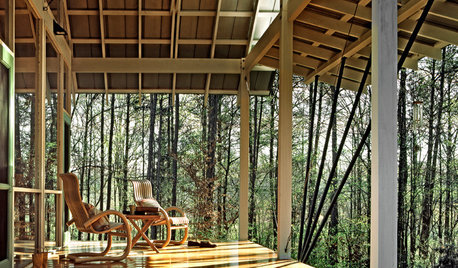
ARCHITECTURE14 Beautiful In-Between Spaces: Verandas Around the World
See how architects are using transitional spaces for shelter and sun harnessing, in homes from Austria to Wisconsin
Full Story
DREAM SPACESWorld of Design: 15 Swimming Pools With Dream Views
Join us on a refreshing tour of spectacular swimming pools from Sydney to Moscow
Full Story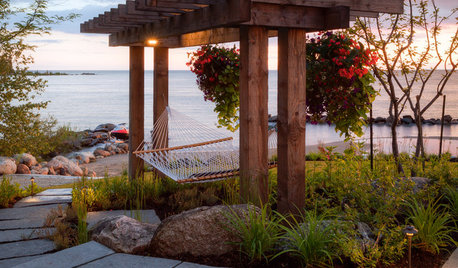
GARDENING AND LANDSCAPINGThe Most Popular Outdoor Living Photos of 2015
See 20 ways to transform your yard into a whimsical, wonderful outdoor oasis
Full Story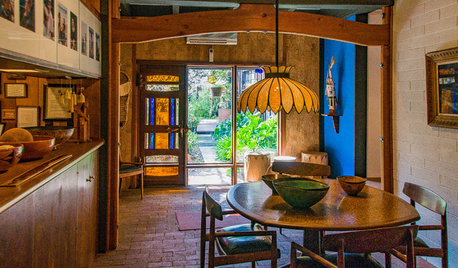
EVENTSSee Where America's Most Celebrated Furniture Maker Lived and Worked
Walk with us through the Southern California home and studio of Sam Maloof as events honoring his centennial kick off
Full Story
KIDS’ SPACESPhotos of 2013: The Most Popular Kids’ Spaces
Built-in bunk beds, cool colors and other smart design elements offer ideas for kids’ bedrooms, nurseries and playrooms everywhere
Full Story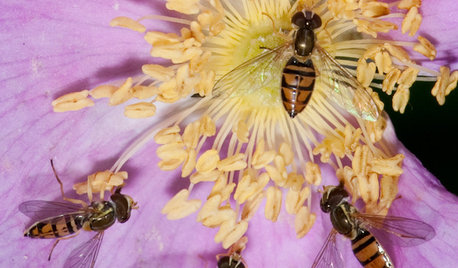
GARDENING GUIDESThis Fly Is One of the Most Beneficial Insects Around
Meet the syrphid fly, a colorful pollinator that also beats chemicals for controlling aphids and other garden pests
Full Story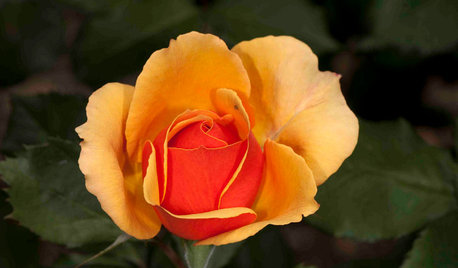
SPRING GARDENING5 Exotic Rose Colors for a Beautifully Different Garden
Give red a rest. Let these daring hues take the spotlight instead for a rose garden that turns heads
Full Story




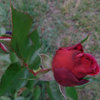
Melissa Northern Italy zone 8Original Author